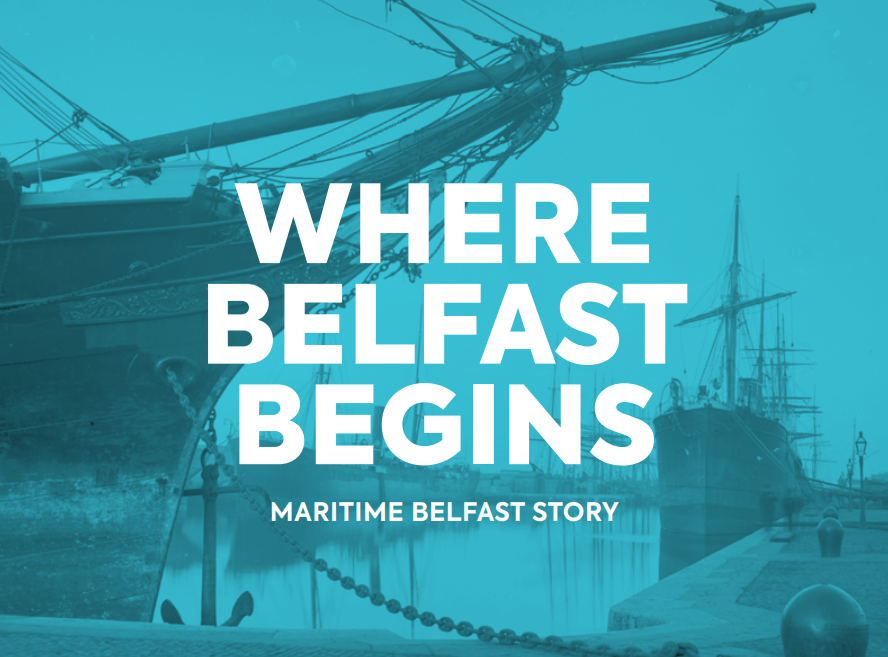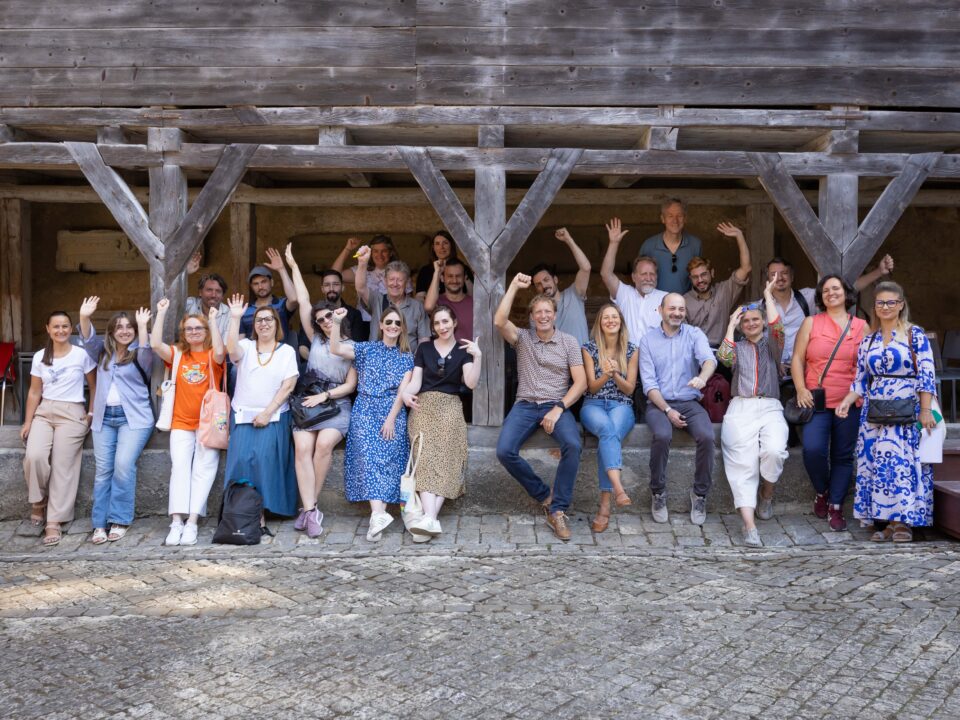

Storytelling is a powerful tool to inspire action. Historic urban areas, with all the heritage sites they hold, are brimming with stories to be told. Some are well known, and others are just waiting behind faded façades to come to light. And when we shed light on these hidden or forgotten stories, we also shed new light onto the neglected façades and everything behind them.
Knowing a place’s past can inspire new visions for its present and future. Stories stimulate the imagination and create new possibilities for a place – possibilities that we may never have imagined otherwise. This is why in any urban regeneration effort, we must look to uncover all of the area’s past and present. It goes without saying that when regenerating places of heritage, the work is already laid out for us. The material is unquestionably there; all we need to do is to identify all of these stories and bring them into the spotlight.
That is exactly what the Maritime Belfast Trust has done. They have produced a Maritime Belfast Plan “for anyone who has an interest in developing the city’s waterfront and Maritime Mile”.
“We hope this Plan will inspire designs, street names, public realm and use of space. Branding, marketing and promotional material. Events, festivals and art installations. Menus, dishes and cocktails. We have put a spotlight on some existing best practice interventions that bring Belfast’s maritime story to life.”
– Maritime Belfast Trust
The Maritime Mile at the heart of Belfast’s past, present and future
The history of Belfast’s waterfront has many stories to tell about Belfast, about its beginnings and about its greatest endeavours. As the birthplace of Belfast, the waterfront was also at one point the largest shipyard in the world, the place that built the FMS Titanic, and a bustling place of trade, where world-famous linen and whiskey were exported to the new worlds.
The Maritime Mile has many stories to tell about the city’s past. But above all, these stories are still alive in maritime Belfast today and offer a great opportunity to create an experience of the area that is unique to Belfast. This is essential in the creation of Belfast’s Hub-In Place, a heritage-led hub of innovation along Belfast’s Maritime Mile.

“The history of Belfast’s waterfront is not one story but many stories, from the smallest beginnings to the greatest endeavours. These stories are not consigned to the past but are still alive in maritime Belfast.
It’s the stories about how the river was tamed and the land reclaimed, how trade and innovation made Belfast the city it is. It’s the stories from the city’s neighbourhoods, of the livelihoods and trades, of the shops that sold everything from a needle to an anchor. All of these stories, and so many more, provide an opportunity for us to achieve an iconic maritime experience that is unique to Belfast.”
How the Plan works
In this optic, Maritime Belfast has identified three core themes of Belfast’s history along the Maritime Mile, that each offer great potential for regeneration and innovation. The stories that relate to these three themes showcase fundamental aspects of Belfast’s identity throughout history until today.
The guide explains how to use the Story Plan in the following way:

The three core themes identified by Maritime Belfast are:
- Taming, reclaiming, regenerating: with stories reflecting the waterfront’s identity as the founding place of Belfast, as an ambitious and bold place, full of big transformative ideas.
- Trading, making, innovating: with stories exploring the waterfront as a place of local and international trade, an industrial powerhouse, the shipbuilders of the world, a place of boundless imagination and innovation.
- Neighbourhoods and Livelihoods: with stories highlighting the waterfront as a place home to tight-knit communities, traders, sailors, millies and dockers.
By exploring these different themes through Maritime Belfast’s many stories, the hope is to inspire initiatives and projects throughout the area that are deeply rooted in these core aspects of the city’s identity.




